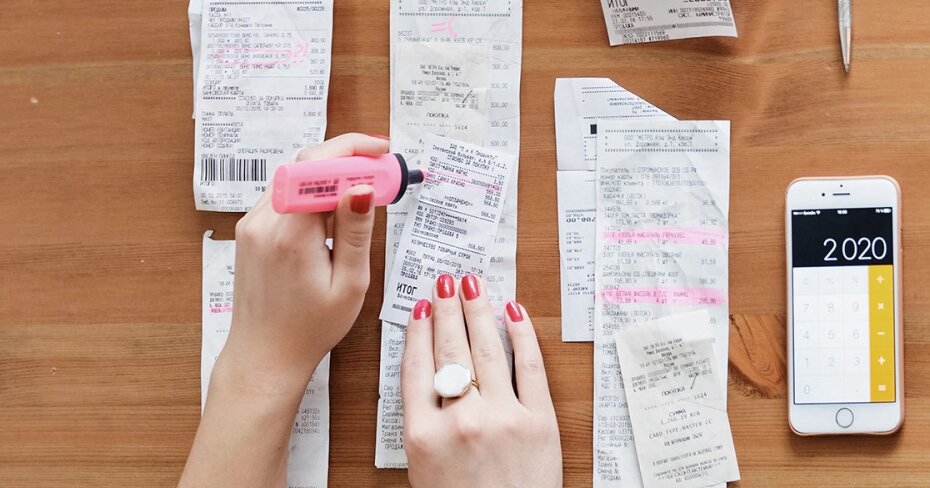How I went hyper-frugal and saved $16,000 in a year for a home down payment
By: Desirae Odjick on January 13, 2017
This time last year, my partner and I were standing in line at Starbucks when out of the blue, I piped up with an idea. “Hey, remember when we talked about buying a house in two years? Why don’t we do that next year instead?”
Because obviously, standing in line for coffee is the best time to have Big Life Chats.
I wish I could tell you we sat down and really crunched the numbers from there, but honestly, that was where and when we made the call: We’re buying a house next year! All of a sudden, I needed to come up with $16,000 in one year to top up my down payment to hit my $20,000 target.
Buying a house has always been a goal of mine, especially since I lucked into a not-hideously-overpriced real estate market in Ottawa, and double-lucked into a job outside the downtown core. I’ve been saving here and there for a house for a few years, and I managed to scrape together just about $4,000 by January last year, when that fateful Starbucks date took place.
But before you can dive into the joys (and associated costs!) of homeownership, you need to pony up tens of thousands of dollars for a down payment. Here’s exactly how I managed to come up with all that cash over the past year, because that’s right, I totally did it.
Started small with automatic contributions
Everything you’ve ever heard about the magic of automating your savings is so, so true.
When I realized I had one year to come up with $16,000, I bumped up my automatic contributions to my house down payment fund - but honestly, not by much. I started out with a manageable amount of money for my automatic contributions, and added extra savings to the account whenever I could.
Whenever any “extra” money came around, I’d open up my house fund, set up an electronic transfer, and say goodbye to the money
This time last year I was automating about $400 a month towards my goal, but looking back on my account statements, I see lots of random $50 and $100 deposits added throughout the months. Starting small with my contributions helped me figure out how this goal would mesh with my real life — and gave me time to adjust my frugality levels to suit my new savings needs.
Tracked my spending (Down to the penny)
As I got more used to saving extra each month, I was also keeping track of every penny I spent, to see how much money I really “needed” to spend.
After a while, I got a feel for how much money I go through in a week — or more accurately, in a weekend. I noticed that I do almost all of my spending on Saturday and Sunday, since that’s when I run errands and have time to do fun things that cost money.
Now that I knew that my average, nothing-special weekend cost me about $200 (including groceries for two people!) I could estimate how much I needed for general life costs between now and my next paycheque. Anything above that number got funnelled directly into my house down payment fund.
Yes, this included telling people I couldn’t afford to go out to dinner, and postponing replacing my favourite-but-threadbare hoodie.
Since I so badly didn’t want to take that money back out, this was one of the most effective budgeting hacks I’ve ever tried. Seriously, taking money back out of my savings account feels like admitting defeat, so I did everything in my power to avoid it.
And yes, this included telling people I couldn’t afford to go out to dinner, and postponing replacing my favourite-but-threadbare hoodie.
Made a plan for “extra” money
Even with all of these extra savings efforts, my calculations showed me falling far short of my goal based on my self-imposed timeline. That’s why I made sure to factor in any “extra” money that came my way.
Over the past year, almost 100% of any extra cash that came my way went directly into the house fund. That includes my tax return and money I earned from freelancing outside of my day job. It also included things like gifts, bonuses and anything that wasn’t part of my regular bi-monthly paycheque.
Since I was so clear about my priorities, it became an automatic reaction after a few months. Whenever any “extra” money came around, I’d open up my house fund, set up an electronic transfer, and say goodbye to the money (for now).
Would I do it again?
While I’d love to say that I’m going to ease up with my extra money, and relax my super-saving ways, everything I’ve seen people experience while buying a new house makes me think that the fun (ahem, the savings) is just getting started.
From a surprise $3,000 air conditioner replacement, to all-new appliances, to a brand-new couch, I’ve seen so many friends get hit with unexpected costs when they buy their first place — and end up in debt because of it. Since I have the luxury of learning from their experiences, I have to say that while I’ve hit my down payment savings goal, I think I’ve got another long stretch of savings-and-frugality ahead of me.
But in the spirit of not being a total buzzkill, part of those savings are being earmarked for the aforementioned brand-new couch. What can I say, snuggling the dog on a nice couch is pretty high up there on my list of fave life experiences.


